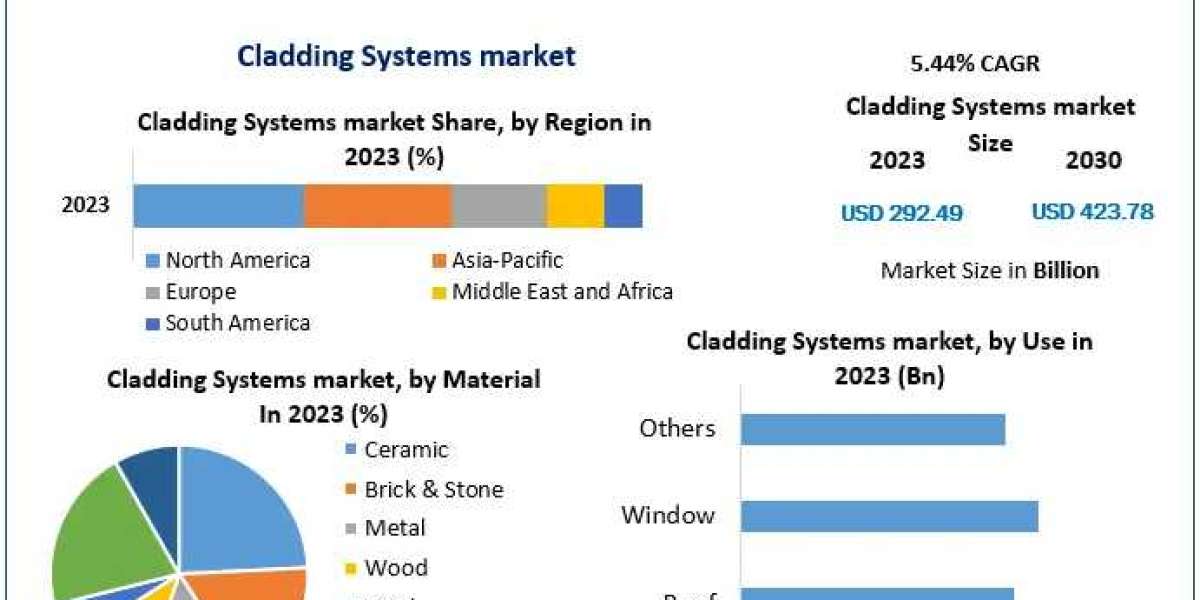In an era where technology is rapidly transforming every aspect of our lives, healthcare is no exception. One of the most groundbreaking advancements in this field is remote patient tracking. This innovative approach is reshaping how we monitor, manage, and improve patient health outcomes. Let's delve into the multifaceted role of remote patient tracking in revolutionizing healthcare.
Enhancing Patient Monitoring and Management
Remote patient tracking allows healthcare providers to continuously monitor patients' vital signs and health metrics in real-time. This constant surveillance is particularly beneficial for managing chronic conditions such as diabetes, hypertension, and heart disease. For instance, a patient with hypertension can have their blood pressure monitored remotely, enabling timely interventions and adjustments to their treatment plan. This proactive approach not only improves patient outcomes but also reduces the need for frequent hospital visits.
Reducing Healthcare Costs
The financial burden of healthcare is a global concern. Remote patient tracking offers a cost-effective solution by minimizing unnecessary hospital admissions and readmissions. By catching potential health issues early, remote monitoring can prevent complications that would otherwise require expensive treatments. For example, a patient recovering from surgery can be monitored remotely, ensuring that any signs of infection or complications are addressed promptly, thus avoiding costly hospital stays.
Improving Patient Engagement and Compliance
One of the significant challenges in healthcare is ensuring patient adherence to treatment plans. Remote patient tracking fosters a sense of accountability and engagement among patients. With real-time feedback and reminders, patients are more likely to follow their prescribed regimens. For example, a patient with diabetes can receive alerts to take their medication or check their blood sugar levels, leading to better disease management and improved health outcomes.
Facilitating Data-Driven Decision Making
Remote patient tracking generates a wealth of data that can be analyzed to gain insights into patient health trends and treatment efficacy. This data-driven approach enables healthcare providers to make informed decisions and tailor treatments to individual patient needs. For instance, analyzing data from remote monitoring devices can help identify patterns that predict disease exacerbations, allowing for preemptive interventions. This personalized care model enhances the overall quality of healthcare services.
Expanding Access to Healthcare
Access to healthcare remains a significant challenge, particularly in rural and underserved areas. Remote patient tracking bridges this gap by providing continuous care regardless of geographical location. Patients in remote areas can receive the same level of monitoring and care as those in urban centers. For example, a patient living in a rural community can have their health monitored remotely, reducing the need for long-distance travel to access medical services. This democratization of healthcare ensures that everyone has access to quality care.
In conclusion, the role of remote patient tracking in revolutionizing healthcare cannot be overstated. From enhancing patient monitoring and management to reducing healthcare costs, improving patient engagement, facilitating data-driven decision making, and expanding access to care, remote patient tracking is a game-changer. As technology continues to evolve, the potential for remote patient tracking to further transform healthcare is immense. Embracing this innovation will undoubtedly lead to a healthier, more efficient, and more equitable healthcare system.







